No products in the cart.
Manyo No Sato Purple Leaf Japanese Maple – 2 Gallon Pot
$119.97 Original price was: $119.97.$83.98Current price is: $83.98.
SKU: D2LSC 6571242783 Categories: JAPANESE MAPLE TREES, PLANTS & TREES
- The quality you expect, the service you deserve.
- Where quality meets convenience.
- Shop with Zero Worries
- Service with a smile, always online.

Manyo No Sato Japanese Maple
Acer palmatum ‘Manyo No Sato’
Plant Details
USDA Plant Hardiness Zones: 5a-9b Find Your Zone
Height at Maturity: 6-8′ in 10 years
Width at Maturity: 4-5′ in 10 years
Growth Habit / Form: Upright, Pendulous
Growth Rate: Moderate
Foliage Color in Spring: Purple shades and Lime Green to Chartreuse shades
Foliage Color in Summer: Mauve-Red and Green shades in part shade; more Green in full sun
Foliage Color in Fall: Bright Orange and Red shades in fall
Light Needs: Full Sun or Mostly Sun (cool-summer climates only), Morning Sun with Dappled or Afternoon Shade, All Day Filtered Sun, Morning Shade with Evening Sun
Water Needs: Average
Soil Type: Clay (amend heavy clay to ensure good drainage), Loam, Sandy Loam
Drainage: Moist but Well-Drained – well drained soil is a must!
Soil pH: 5.0 – 7.0 is ideal
Maintenance: Low
Resistances: Cold Temperatures (-20F / Zones 5-9), Deer, Disease, Heat, Humidity, Sun Tolerant (cool-summer climates)
Description
Spectacular leaf shape and coloration distinguishes Manyo No Sato Japanese Maples from all others. It is an upright but broad tree that grows 6 to 8 feet tall and 4-6 feet wide in 10 years. We’re not sure the size after that, but not too much bigger. The striking variegated leaves with very deeply divided lobes emerge dark shades of purple to purple-red edged in lime green in spring, changing to mauve-red with green trim in summer when in part shade, or more green in full sun. That said, we suggest filtered sun or shade during the afternoon in hot-summer climates. With the arrival of cooler temperatures in fall the leaves turn to bright red and orange shades. High heat tolerance and unique coloration make Manyo No Sato an easy choice for those looking to add an unusually beautiful conversation piece to the garden.
Landscape & Garden Uses
To showcase its magnificence and beauty, the Manyo No Sato Japanese Maple is best used in the landscape as a focal point specimen to draw attention to a specific area of the home or landscape. That said, you can plant in groupings of three or use two to frame an entryway.
Suggested Spacing: At least 10 feet apart for space between trees
Container culture can extend the useful range of Japanese Maples. They are extremely easy to grow in containers, a practice taken to its most extreme form in the art of bonsai.
Note: One Japanese Maple can make a landscape…that is if you don’t overcrowd it with other trees and plants. Therefore, when selecting companions to plant under or around your Japanese Maple, make sure to select very low-growing shrubs or groundcover plants that won’t interfere at all with your tree.
Growing Preferences
Though delicate looking, Japanese Maples are actually very tough and long-lived trees. They are very easy to grow in the ground or in pots, planters and other containers.
In their natural habitat, Japanese Maples are understory trees, growing in dappled forest sunlight at the edges of woodlands. Ideally they prefer to be grown in similar conditions. That said, you can find a complete listing of our sun-tolerant Japanese Maple varieties here, of which Manyo No Sato is one (in cool summer climates). That said, we suggest some shade or filtered sun during the hotter afternoon hours in hot-summer climates.
Most any average garden soil will grow Japanese Maples. They prefer a moist but well-drained soil rich in organic matter. As with so many other ornamental plants and trees, constantly soggy or wet soil can be problematic. So make sure to plant your Japanese Maple in a well-drained site!
Helpful Articles
Click on a link below to find helpful advice from our experts on how to plant and care for Japanese Maple trees.
How To Plant A Japanese Maple Tree In The Ground
How to Plant A Japanese Maple Tree In A Pot
How To Fertilize And Water A Japanese Maple Tree
How To Prune A Japanese Maple
Plant Long & Prosper!
Meet The Wilson Brothers & Staff
Questions? Contact Us!
Be the first to review “Manyo No Sato Purple Leaf Japanese Maple – 2 Gallon Pot” Cancel reply
Related products
Sale!
FRUIT TREES & PLANTS
Sale!
Sale!
GROUNDCOVER PLANTS
Sale!
Sale!
Sale!
PLANTS & TREES
Sale!
JAPANESE MAPLE TREES
Sale!







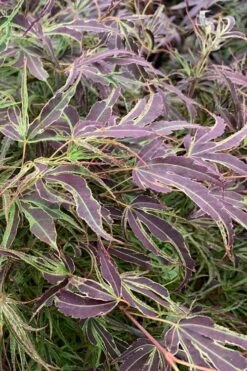






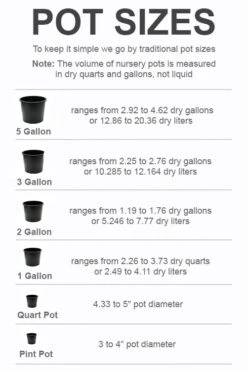

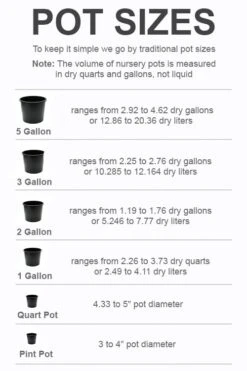

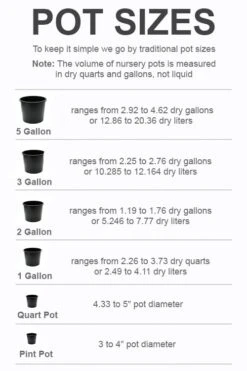
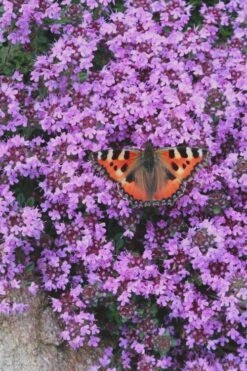
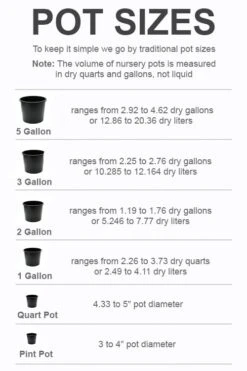
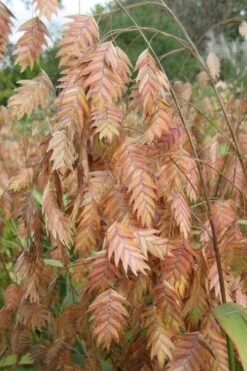


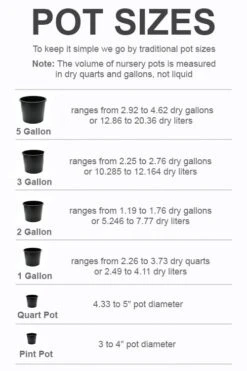
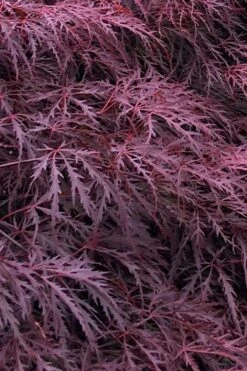
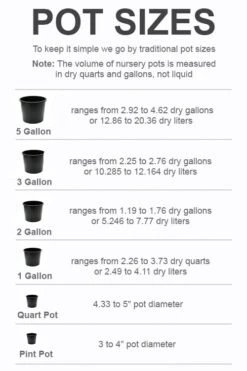
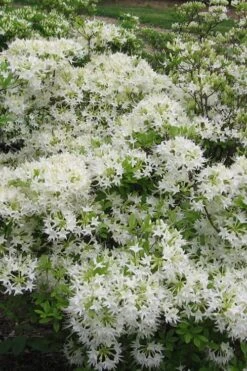
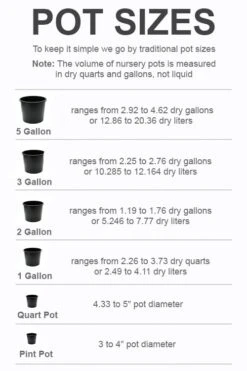
Reviews
There are no reviews yet.